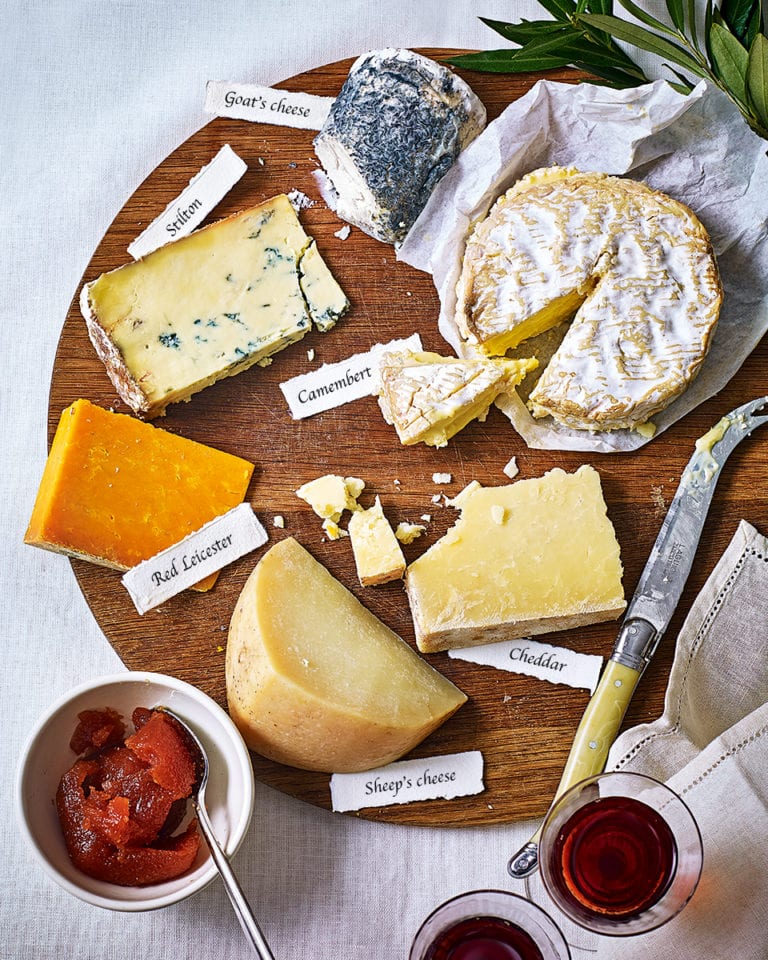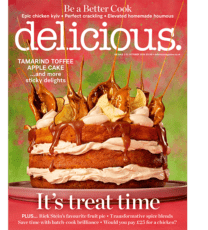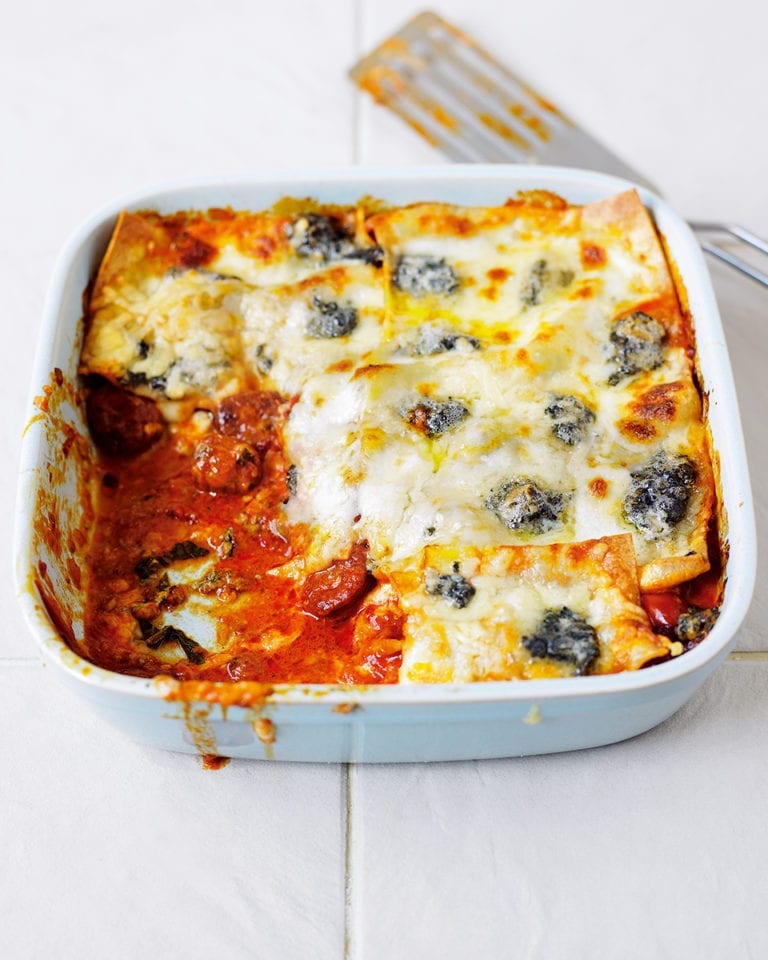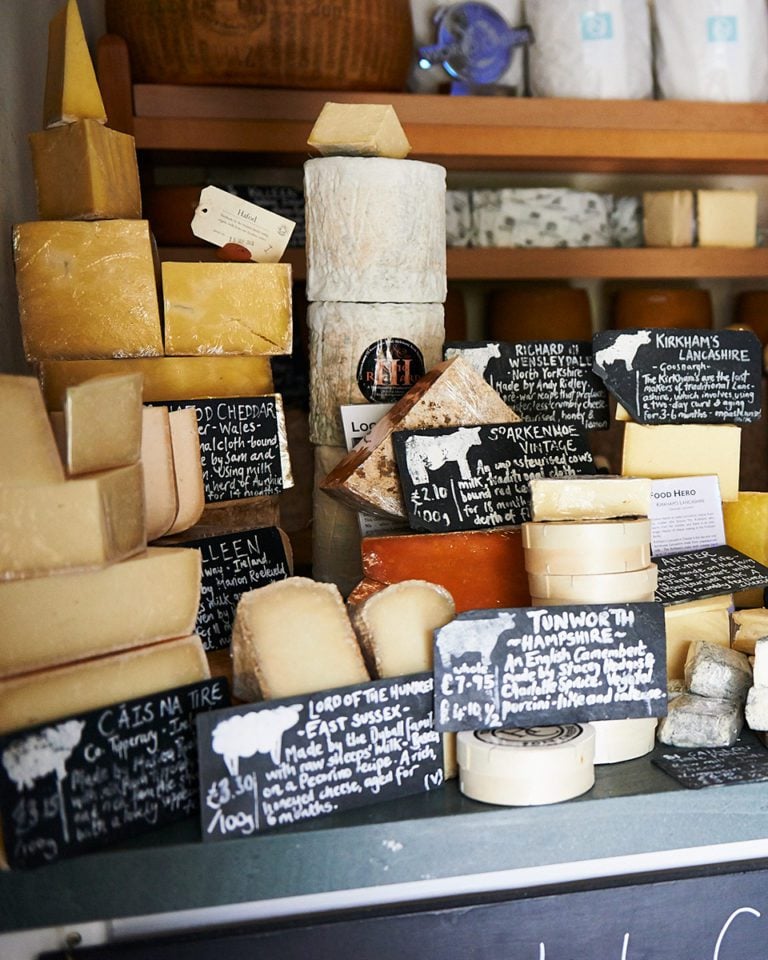Your expert guide to cheese tasting
There’s so much more to appreciating good cheese than slice, chew and swallow – it’s about using all of your senses, then looking out for a ‘staircase of flavours’. Patrick McGuigan removes the mystique, step by sensory step.

Picture a room the size of a football field filled with thousands of cheeses. That’s the wonderful sight (and aroma) that greets judges at the World Cheese Awards, which in 2022 take place in Wales in November.
It may sound like the ultimate cheese party, but judging is a serious business. Teams of white-coated experts diligently prod, sniff and nibble each cheese, using professional techniques.
You may not want to don a white coat at home, but adopting a few tricks of the trade will help you get more from your cheeseboard. The first tip is to take the cheese from the fridge an hour before you eat it. Cold kills flavour, so cheese is best at room temperature. Then let the strictly come cheese-tasting commence…
How to taste a cheese like an expert
Look
You can tell a lot about a cheese just by looking at it. A brie with a monotone white rind is probably under-ripe, but brown and cracked suggests it’s over the hill. A thin ivory coat with copper flecks is just right. The interior of a cheese, known as ‘the paste’, also holds clues. A powdery, pale stilton with wishy-washy veining probably should have stayed longer in the maturing room.
Touch
It’s completely normal to give cheese a squeeze. Cheddar graders work a piece between thumb and finger to check the ‘body’ is firm and close. The texture of Lancashire and Cheshire is usually more open and and crumbly, while camembert is best when it’s soft and bulging, not running off the board.
Smell
The keen nose of a cheese judge will be alert to the sharp tang of ammonia – a sign that cheese might be overripe – but off notes, such as cardboard and plastic, are also faults to sniff out. That’s not to say strong smells are bad. Sticky washed-rind cheeses, such as époisses, often have powerful farmyard and sweaty sock aromas, but their bark is worse than their bite. The mild, buttery paste balances the pungent rind.
Taste
After all that gazing, squeezing and sniffing, you’re finally ready to taste. Avoid strong flavours before you do – no coffee or curries, which might interfere with your taste buds. Palate cleansers are also helpful – water, apples and crackers work well.
Cut a cross-section of the cheese from the centre to the rind, to get the full experience. The heart of a cloth-bound cheddar will be sharper and juicier than beneath the rind.
Take your time to chew and think. Cheddar maker Mary Quicke says her cheese has a ‘staircase of flavours’ that develop slowly in the mouth, so give them a chance to ascend, step by step, before you reach for the next piece. The proof really is in the eating
Subscribe to our magazine
Food stories, skills and tested recipes, straight to your door... Enjoy 5 issues for just £5 with our special introductory offer.
Subscribe
Unleash your inner chef
Looking for inspiration? Receive the latest recipes with our newsletter



